Dengue vector, Aedes aegypti mosquito return as per seasonal activity, with 50% mosquito activity reduction compared to 2012
| Following the Dengue fever outbreak in 2012, Madeira´s health authorities maintain a monitoring network which is reinforced between May and November when there is higher Aedes activity. Madeira has only registered 5 imported cases of Dengue fever since the official end of the outbreak in March 2013. 17 months have passed without any autochthonous Dengue infections. |
Eradication of the mosquito is unlikely. Locals and visitors must learn to live with the mosquito, as in other destinations such as Greece or Madrid in Spain where 38 cases of imported Chinkunguya virus infections were declared and are transmitted by the Aedes mosquito, which is settling not only in tropical destinations.
Prevention is still the key action, both in the reduction of breeding grounds, especial water ways, as well as wearing light coloured, long sleeve clothes and mosquito repellent to prevent being bitten.
Lastly, travellers visiting known Dengue or Chinkunguya outbreak regions, such as Brazil, should adhere to recommendations to prevent being bitten and/or infected by the Aedes mosquito. Those returning from Dengue outbreak regions and have any symptoms of Dengue within 2-3 weeks after returning, should contact their doctor ... as they could cause an outbreak in regions with Aedes mosquito.
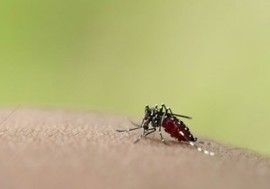
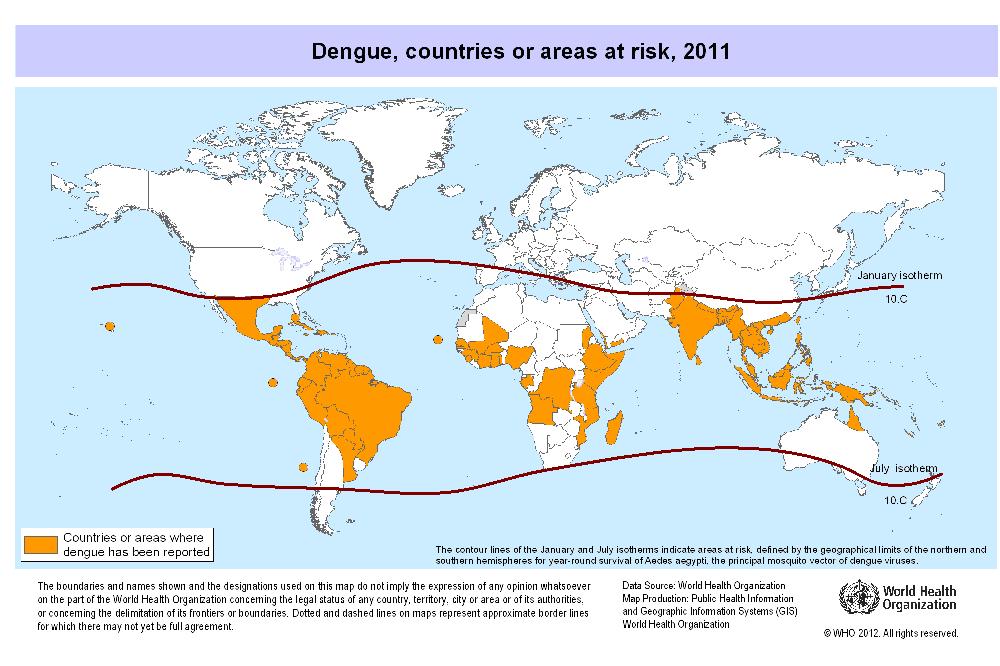
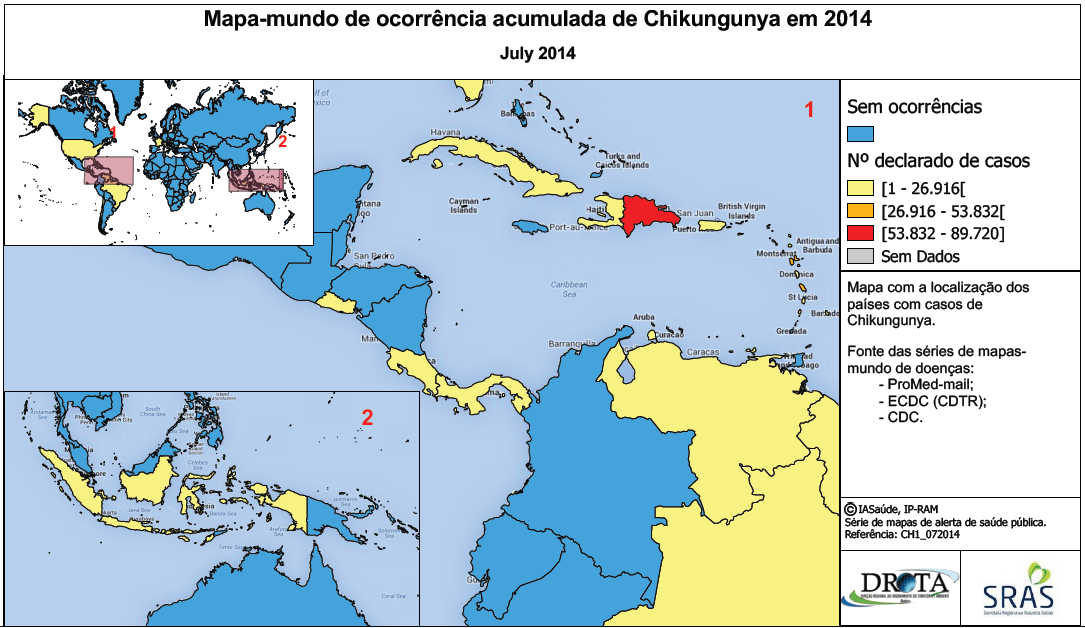
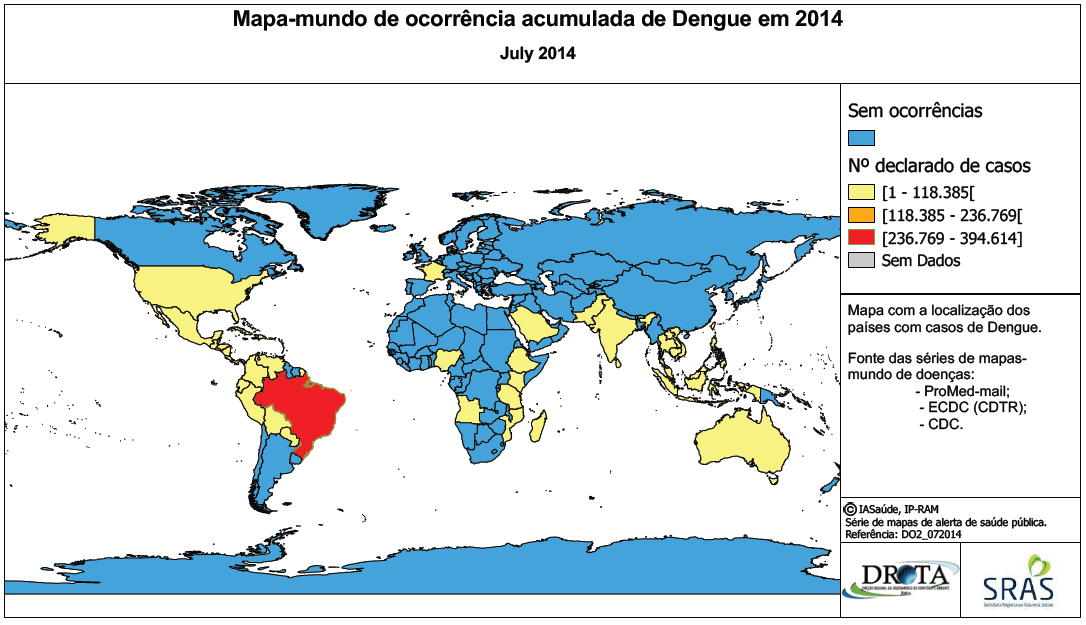
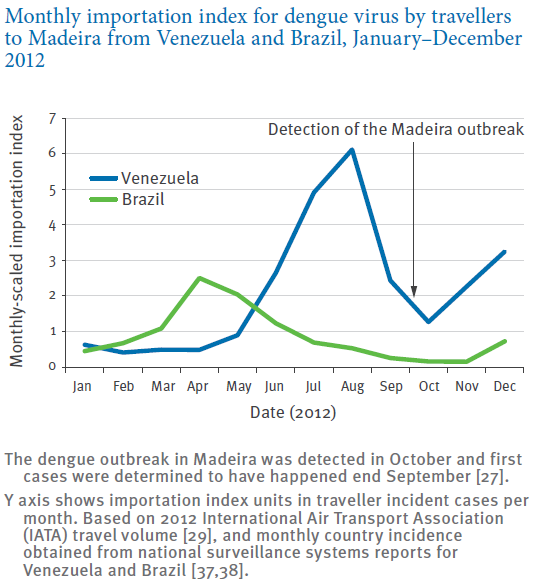
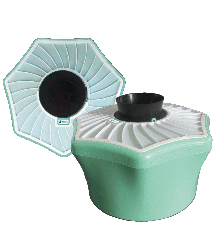

 RSS Feed
RSS Feed
